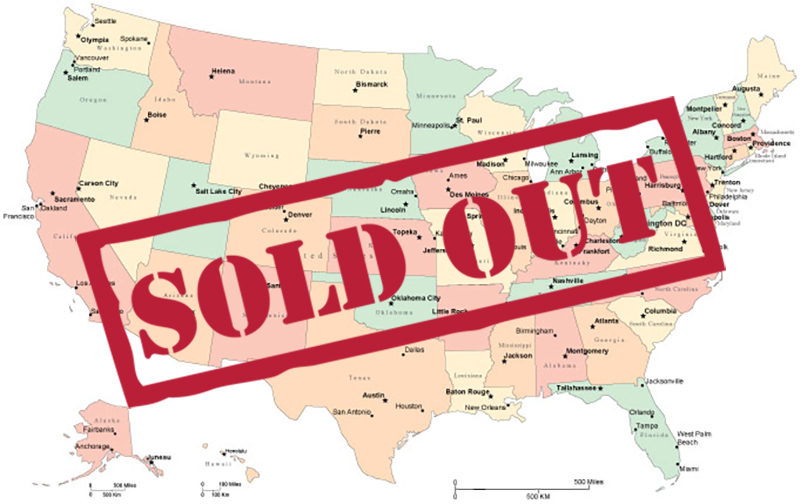Event spending, event attendance, event ROI—are all on the rise. Better event strategy is driving better event portfolios. Better design is driving better engagements. The event discipline has never been as strong—or as effective.
This improved “strength” of event marketing is driving its expansion. And as experiential fever continues to sweep the Fortune 1000—and now the Fortune 5000—our industry is getting a quick lesson in the fundamentals of supply and demand. More specifically, there are too many events. And not enough places to put them.
From venues to hotels to convention centers to full citywides, marketers are waking up to the realization that for many events, options are becoming extremely limited—for an event of a certain size, Las Vegas, San Francisco, Chicago and other similar cities are virtually sold out during specific months for the next four years. In an effort to lock down locations and dates, and to make sure they still have actual options, many event departments are moving quickly to put some or all of the following five plays into place.
The Longterm Lockdown
For many brands, risk is not an option. Which is why some are rushing to fully contract locations for their largest and most important events as far as 5 years (and some, if you can believe it, for 10 years) out.
The Urge to Merge
Some marketers are using the situation as a strategic reason to combine a series of events into fewer but bigger experiences—thereby creating less demand for the supply of available spaces.
The Pay to Play
There has long been a gray area between putting a “hold” on a space and actually signing a contract. New “hybrid holds” allow companies to confirm spaces for years without an upfront executed contract. (Typically there is a schedule of dates each year’s contract needs to be executed by, as well as a sliding cancellation fee scale attached to each year.)
The Plan B
Limited availability in top markets is making mid-size cities—Denver, Memphis, Salt Lake—much more attractive for events than ever. But keep in mind, even Nashville and Austin are posting their lowest availability inventories in years.
The Official Partnership
Sometimes a “partnership” can do what no contract can. Brands are lining up sponsorships of cities, partnerships with Convention & Visitor Bureaus and tie-ins to city events throughout the year that often come with first dibs on event locations.
Who knew there could be a downside of increased attendance, ROI and budgets? You can bet locking down future locations is high on the event marketer’s to-do list this spring as word of the dwindling demand gets out. Hey, if there’s any silver lining, perhaps this will help event marketers fully embrace the concept of “long-term” planning.
Author: Jeff Harrow – Passionate leader at Sparks with an entrepreneurial spirit. Energized by all aspects of growing a business. Committed to client service & client success. Father of 3.
Liked this article? Access more useful information, insights, resources and inspirations for creating and implementing influential brand experiences on the Sparks Blog.


